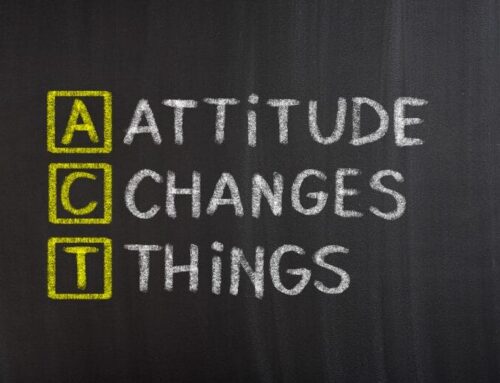In the wake of George Floyd’s murder big tech made many promises and pledges around diversity, equity and inclusion. Two years later, there’s little evidence of action or the level of sustainable change that we need to see.
According to the U.S. Equal Employment Opportunity Commission, 83% of tech executives are white. Business Insider’s research tracking progress in representation in the tech industry post George Floyd found that only 5% of the tech workforce, 3% of executives, and 1% of founders are Black. According to the Aspen Institute, only 13% of the US cybersecurity workforce identifies as Hispanic or Black.
Those numbers are disappointing and dismal. The irony is they come at a time when the tech industry is struggling to fill roles and faces a large and growing talent gap.
The tech industry invented the ERG, but it doesn’t lead the way in DEI or innovating the way it recruits and develops people. It does not use data to move the needle – only 7% of tech employers gather demographic data about their boards of directors. As the management guru Peter Drucker famously said, “If you can’t measure it, you can’t manage it.”
All of this and more has to change. I enjoy working in the tech industry, the talent and potential is phenomenal. I’m always excited to help those who are hungry for change and believe in better. When we work together, the approach is that diversity isn’t just about color, but about recognizing different ideas, talents, and perspectives that varying cultures bring. By understanding the benefits and value of DEI, leaders can greatly improve the impact that it has on team performance.
I encourage the people leaders I work with to model inclusive behavior — this has a huge impact on teams, not only demonstrating the behaviors we want to see but also building trust and safety with our under-represented colleagues. In order to have any hope of addressing the critical skills gap in tech, leaders need to modernize the way they recruit and train for the future and the DEI conversation must evolve.
Talent does not have bias – but opportunity does:
- We need to create corporate cultures that factor in well-being, belonging and safety.
- We need more representation in positions of power.
- We need transparent and equitable pay structures and career paths.
- We need coaching and mentoring.
- We need metrics and performance measures.
Businesses that are short-sighted forget about the social-emotional connection and how it contributes to engagement and performance. Employees that understand why they are doing what they are doing, who share a common goal and know they are empowered to do their best work, will consistently deliver. Those whose voices are never heard, who are never consulted, will not be able to build bonds with the business.
We have to get out there, get our hands dirty.
Years ago, when I was managing and building project and program teams, I went on a recruiting trip to UPR (Puerto Rico) because they graduate the highest number of Latina Engineers, followed by trips to NCA&T and FAMU (HBCUs) as part of a strategy to increase diversity. The talent is out there — what are you doing to find it?
A culture that celebrates diversity in all of its forms is one that can be more creative, innovative and competitive. It benefits the people, the product, the company and the community. Without diversity how is your business reflecting and serving a large population? The answer is: it’s not.
How are you creating a culture where everyone can belong and thrive? What are you doing to put out the welcome mat to non-white talent? We have to break out of the cycle of just talking about better; we have to do better.






